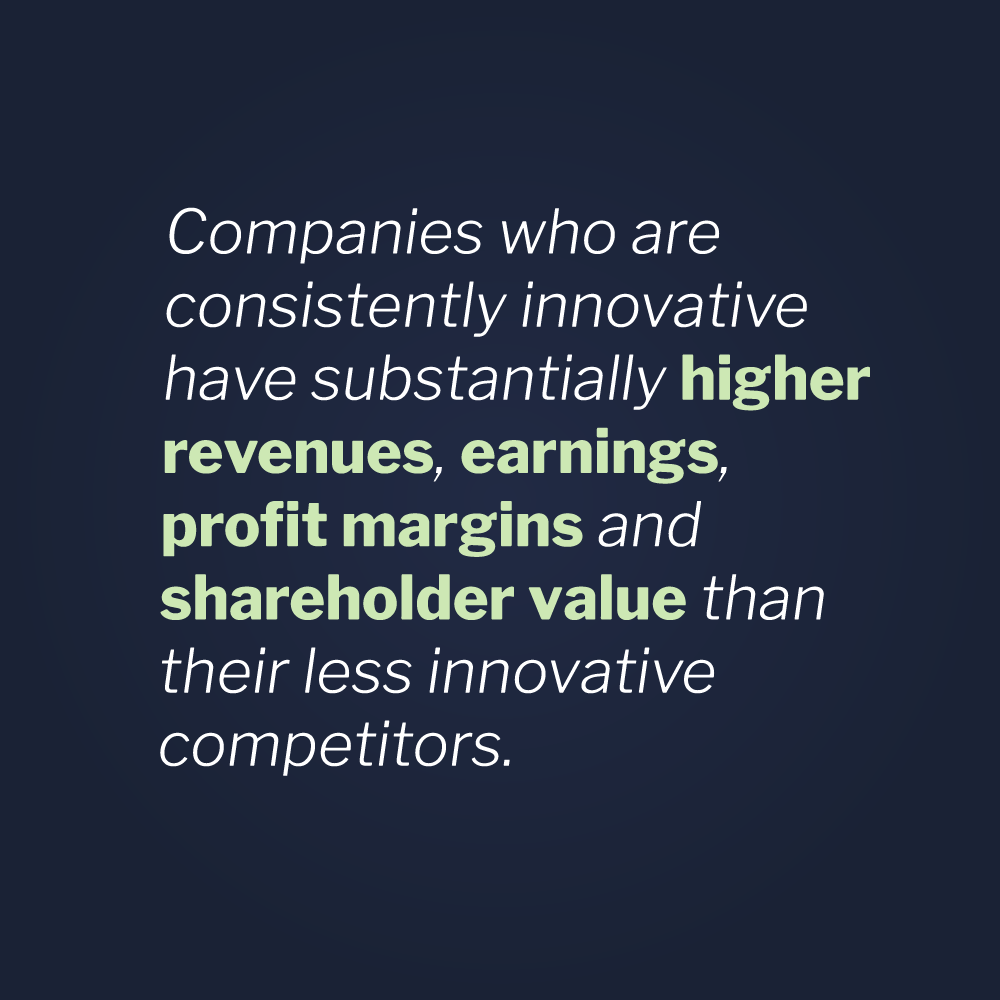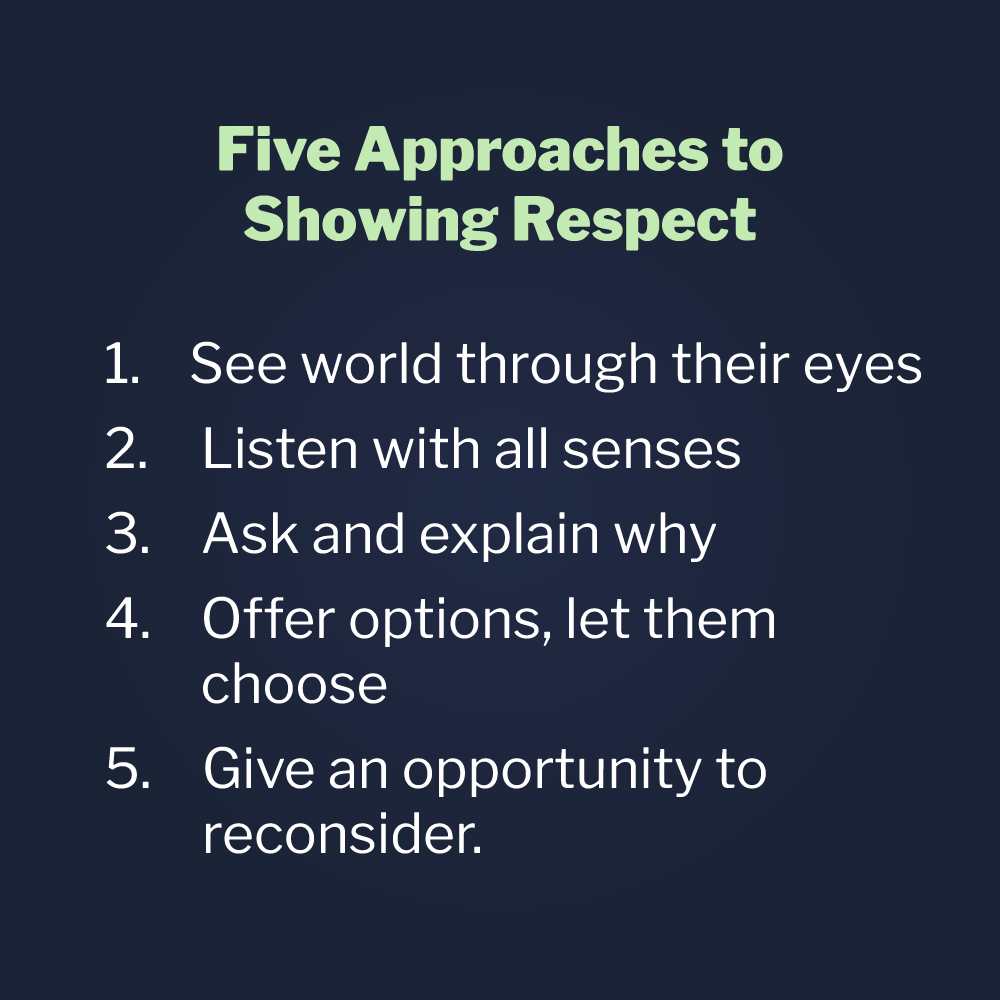Let me make a bold statement — today just two attributes drive the success of any organization.
Yes, just two.
What are they? Well, before I disclose them, let me give you a bit of background.
I’m a bit of an older guy, so I remember the organizational attributes that used to drive success back in the 60s, 70s, and 80s. If you are a baby boomer like me, you remember these attributes also — things like building economies of scale, becoming more efficient, reducing costs, improving quality, streamlining manufacturing, and speeding up product development.
Go back and read the business literature during this period and these attributes are largely what you will read about.
Do you hear much about such activities in today’s world? — absolutely not. With the availability of a wide range of low-cost (or even free) technologies, economies of scale don’t much matter anymore. Tiny startups can now compete with large multinational corporations. Some of the other attributes have become commonplace. Today it is very difficult to be more efficient, lower in cost, and higher in quality than the other guy. And, everyone has figured out the principles of lean manufacturing, reengineering, and agile product development.
What Is Left?
So, what’s left? If organizations can’t use any of the success factors of the past to differentiate themselves in the marketplace, what can they do?
Just two things.
The first one is innovation. If you haven’t heard the innovation mantra by almost every organization on the planet, you’ve been living under a rock. Back in the 60s, Peter Drucker (possibly the world’s most famous management consultant) stated “Because its purpose is to create a customer, business has two – and only two – functions: Marketing and Innovation. Marketing and Innovation produce results. All the rest are costs.”
It took about 30 years for Drucker’s advice about innovation to sink in but, now, no one can stop talking about it. And, as we all know, Drucker was right.
- The data is clear that companies who are consistently innovative have substantially higher revenues, earnings, profit margins and shareholder value than their less innovative competitors.
- Innovation is the only way to create a new market that didn’t exist before (think Facebook, disposable diapers, 3-D printers) or radically alter a market that is splintered among several solutions (iPhone, GoPro cameras, Netflix).
- And, most importantly, customers really want innovation.
So, what is the second attribute? Have you guessed it by now?
Yep, it’s customer service.
Great customer service is, without question, one of the two most important attributes that drives the success of any organization. And, the contrary is also true — poor customer service can destroy an organization.
I’m sure you’ve heard about this reality in one form or another — 95% of unhappy customers will never complain to the organization with which they are unhappy. However, almost every single one of those customers will tell ten of their friends about their bad experience.
Value Of Customer Service
Here are some more data points about the value of customer service (source: Trakuer.com https://goo.gl/FA2mYv)
- 81% of people are more likely to purchase from a business again after good service
- Companies who make customer service a priority make 60% higher profits than rivals
- 70% of buying experiences are based on the way the customer feels they are being treated
- It takes around 12 good experiences to make up for one bad experience
I could go on and on with data points about the value of good service, but don’t you already know from personal experience that customer service drives organizational success?
This isn’t some big secret — everyone knows this. Ask anyone.
Some people might argue with me about innovation being one of the two drivers to success but, in my opinion, no one — no one in the world — would argue about customer service being one of the top two drivers.
Must Provide Stellar Customer Service
Therefore, it’s essential for any organization to figure out how to provide stellar customer service. And, as you might expect, I’m not the first person to come to this conclusion. For decades people have been writing books and doing seminars about how to provide good customer service. For example, if you search on “customer service” in Amazon’s book department, you get back over 20,000 entries. Or, if you type “customer service seminars” into Google, you get back 17.2 million results. I’m guessing you’ve probably been to one of these seminars.
So, why am I writing about customer service? Hasn’t everything that could be said about this topic already been said?
Well, it’s my opinion that the answer to this question is no.
With the exception of a brief stint as a hospital pharmacist during my 20s, I’ve been a business guy for my entire career. For the last 35 years, I’ve worked at a wide range of companies, from Fortune 500 companies to venture-funded technology startups. Over those years, I’ve attended the seminars, read the books, and sat in weeks worth of internal meetings on the topic of customer service.
Then, in 2009, I had the opportunity to attend a training course on “conflict management at the point of impact.”
In this course, I learned about non-escalation (the prevention of conflict), de-escalation, crisis intervention, and proxemics (a word I heard for the first time at this training).
This training was meant for “contact professionals:” individuals who directly interact with the general public or an organization’s clients in situations where conflict could occur, such as police officers, corrections officers, security guards, and healthcare workers. In fact, versions of the training I experienced has been required training by every police officer, jail/juvenile detention officer, and prison/probation/parole officer in the State of Wisconsin since the early 1980s.
Best Customer Service Training
Given my background, I didn’t know the first thing about the life of a “contact professional” or if the training I was experiencing was something they needed. However, what I knew immediately is that this training on “conflict management” was the best customer service training I had ever witnessed.
Let me explain.
Early in the class, I learned that conflict occurs when disagreements or insults escalate (rather than just rolling off a person’s back) and why this happens. In other words, the instructors explained why differences and slights sometimes affect you negatively and other times they don’t. They said the reason is the presence or absence of what today are known as “conflict triggers.”
The course instructors explained that conflict triggers can come in the form of spoken words, tone of voice, facial expressions, hand position, body language, posture and physical positioning. Although they didn’t use these exact terms at the time, they identified two forms of conflict triggers — 1) universal triggers, such as indignity, fear, stress, and vulnerability and 2) personal triggers that are unique to each individual (but everyone has), such as name calling, sarcastic tone, eye rolling, and finger-pointing.
When any of these triggers are present, an interaction that might otherwise be considered routine can escalate to conflict.
The rest of the course was about learning and practicing specific tactics to address conflict triggers — how to keep your “emotional equilibrium” when your conflict triggers are being triggered, and how to not set off the conflict triggers of others.
Treat People With Dignity By Showing Respect
The overarching tactic was to treat people with dignity by showing them respect. Then, the instructors explained how to show respect — which, today, have been refined to these five approaches:
- See the world through the eyes of others
- Listen with all your senses
- Ask and explain why
- Offer options, let others choose
- Give an opportunity to reconsider
The rest of the day was spent learning and practicing the ins and outs of each of these approaches.
Frankly, I was dumbfounded. I remember thinking all day long that the class was the best customer service training I had ever experienced — but it wasn’t even meant to be a customer service training class.
Instead, this was a class about dealing with hardened criminals, convicted felons in prisons, and drug addicts in emergency rooms. It was about how to deal with anger, verbal abuse, at-risk behavior and physical aggression.
It wasn’t about a mom calling about her phone not working — or grandpa returning a shoe to a retail store because the rubber sole was coming unglued.
The instructors were talking about serious, in some cases life or death situations, and I’m sitting in class thinking about its applications to the routine customer-service interactions that are happening every second of the day throughout the world.
Well, full disclosure, I was so taken aback what I experienced that I decided to join the company (www.vistelar.com).
Eight Years Later
Now, eight years later, I’m still thinking about the customer service applications for Vistelar’s training when I see the material taught. The training has evolved over the years and is now far different than what I experienced in 2009 — but the company is still primarily teaching “contact professionals” in law enforcement, corrections, healthcare, and security.
During my time with the company, I’ve learned a lot about the lives of a “contact professional” and why they so desperately need this training. For example, I’ve learned that these individuals often need to ask others to comply with a request and are often told “no.” This is actually one of my favorite elements of the training — what to do when someone questions, resists or refuses a request (a three-step tactic we call the “persuasion sequence.”)
Anyway, I love my job and think we are doing great work — but because we are known as a “conflict management training company,” the application of this training to customer service has not been a priority.
Then, a couple of weeks ago, we received this comment from a past student via email.
“This was unquestionably the best customer service training we have ever attended. As customer service representatives for an electric utility we deal with all kinds of people, face-to-face and on the phone, assisting with various types of issues. These issues range from simply taking a payment to telling someone their electric service has been disconnected for cause. The Vistelar course was great for teaching us how to handle all types of customer interactions but especially valuable in providing us the tools necessary to effectively deal with aggressive individuals in extremely difficult circumstances.”
— Ken Braidwood, Member Services Manager, Chelco
I knew we had done a class a few years ago for this electric utility in Florida but I thought we were only training security guards at the company. Well, it turns out some of their customer services representatives also attended and, as this comment demonstrates, they had the same experience as me — this training about “conflict management at the point of impact” was the best customer service training they had ever witnessed.
Why I Wrote This Article
So, I just had to write this article because of my enthusiasm for finally hearing from a real customer that our train brings value to the customer service discipline. Sure, Vistelar will continue their important mission of training “contact professionals,” but I’m hoping we can start communicating to the marketplace that good conflict management skills are the foundation for good customer service skills.
Just like “contact professionals,” customer service representatives must deal with anger, verbal abuse, at-risk behavior and physical aggression.
And, just like with “contact professionals,” customer service representatives must know how to keep their “emotional equilibrium” when their conflict triggers are being triggered, and how to not set off the conflict triggers of others.
And, just like with “contact professionals,” customer service representatives should treat people with dignity by showing respect and should know the proven tactics for showing respect.
And, just like with “contact professionals,” customer service representatives are often told “no” and should know what to do when someone questions, resists or refuses a request.
I know it may be a bit surprising, but good conflict management skills really are the foundation for good customer service skills. Customer service representatives need to know about non-escalation (the prevention of conflict), de-escalation, crisis intervention, and proxemics (I’ll explain this concept in a future article). They may not be dealing with hardened criminals, convicted felons, or drug addicts — but they are definitely dealing with human beings.
As, Gary Klugiewicz, one of our training directors is famous for saying, “Although the rules of engagement may differ, the tactics remain the same …”
It doesn’t matter who you are dealing with — a hardened criminal, grandpa returning a defective shoe, a child being bullied, a colleague at work, or a family member — human behavior is human behavior. And, what I’ve learned over the last eight years, is that conflict is conflict, whether it is happening in the worst of circumstances or in routine interactions. It doesn’t matter if a situation can escalate to a life or death encounter or to an unhappy customer, the principles of how to treat people to achieve the best possible outcome remain the same.








